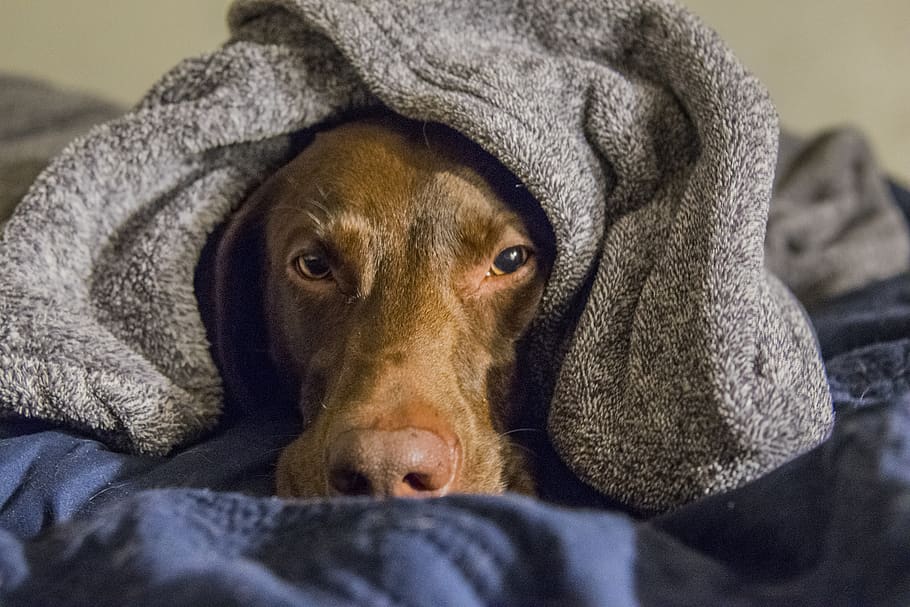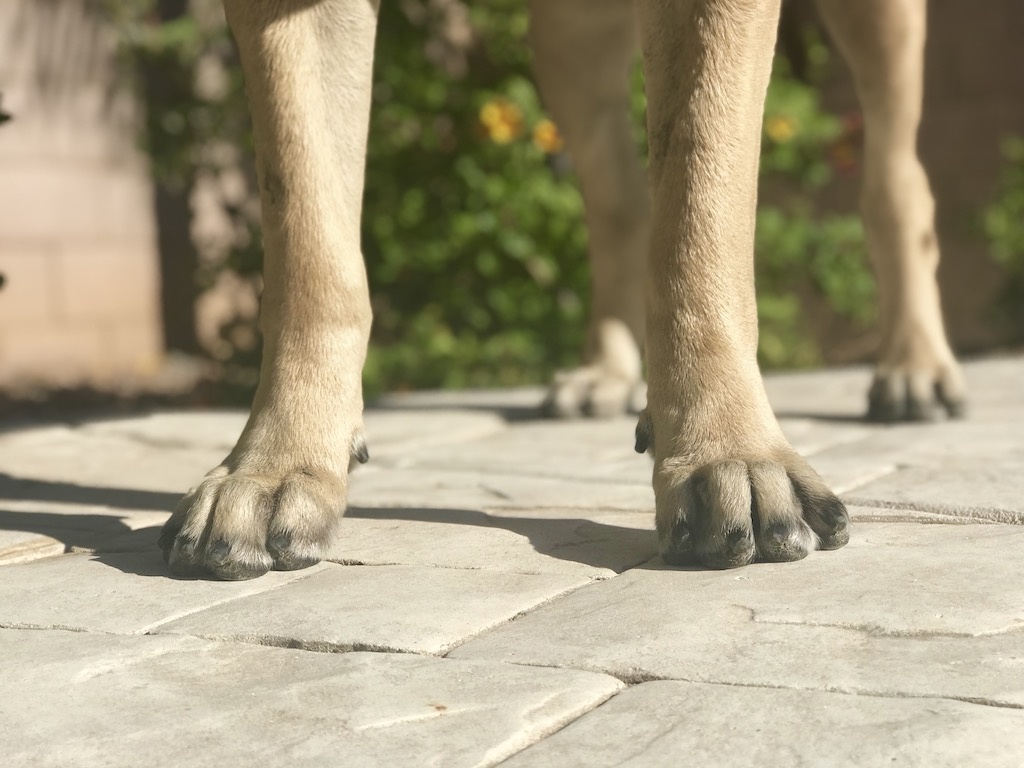How To Cut Curled Dog Nails ?

How To Cut Curled Dog Nails :- Facing curled nails in your dog? Fret not, you’re not alone in dealing with this common issue. Fortunately, there’s a plethora of reliable advice to address this concern effectively.
Curled nails in dogs can stem from various factors, including genetics and inadequate nutrition, and may also signal underlying health issues like hypothyroidism. Prompt action is crucial to mitigate any worsening. Regular nail trimming is key to prevention, coupled with supplements to bolster nail strength.
Begin by trimming your dog’s nails straight across to deter future curling. For nails curving to one side, a gentle filing can smooth out the curve, but exercise caution to avoid the sensitive quick beneath the nail bed.
When to trim your dog’s nails
How To Cut Curled Dog Nails Determining the ideal frequency for trimming your furry friend’s nails isn’t a one-size-fits-all affair. Every dog’s nail wear varies; some naturally maintain optimal length through regular walks, while others may require trims every couple of months.

A practical method to gauge if it’s time for a canine pedicure involves gently extending their toes and examining nail length relative to the foot’s underside. If the nail tips align with or exceed the foot’s bottom, it’s time for a trim. Seeking guidance from your veterinarian, vet tech, or groomer can provide assurance regarding nail length.
For dogs with transparent nails, assessing the extent of the quick—the blood-filled area within the nail—is simpler. If the nail surpasses the quick, it’s time to wield the clippers. Dogs with persistent nail overgrowth may develop lengthy quicks, necessitating more frequent but gentle trims to avoid discomfort or bleeding.
Remember, precision matters—accidentally hitting the quick can cause discomfort for your pooch and potential staining for your carpets.
How to cut curled nails
How To Cut Curled Dog Nails If you spot your furry friend sporting long, curled nails, especially if one is embedded in the skin, swift action is imperative. Thankfully, the process of clipping your dog’s nails is relatively straightforward, assuming your pup cooperates. Ensure you have nail clippers with a scissors-type design, recommended by VetMed at Washington State University for handling curled or embedded nails.
Commence near the nail tip, holding the clippers perpendicular to the nail. Gradually trim small portions until the nail is no longer curled, being mindful to cease clipping as you approach the quick to avoid bleeding and discomfort.

For nails embedded in the paw, utilize scissor-style clippers to cut the nail, leaving the tip lodged in the pad. With gentle manipulation or tools like tweezers or needle-nose pliers, dislodge stubborn nail tips. Expect some bleeding once the nail is removed; cleanse the area with soap and water, followed by pet-safe antiseptic or diluted hydrogen peroxide to ensure cleanliness and aid healing.
How do you avoid cutting a dog’s nails too short?
Ensuring a comfortable nail-trimming experience for your furry companion is paramount, avoiding clipping too close to the quick to prevent pain and bleeding.
Different nail trimmer styles exist, with the guillotine type being favored for its ease in dogs, while the scissors type is ideal for dew claw trimming. Light-colored claws offer better visibility of the quick, making them easier to cut compared to dark claws. When dealing with darker claws, opt for multiple small cuts to minimize the risk of nicking the quick, avoiding trimming within 2 millimeters of it.
Watch for the appearance of a gray to pink oval at the nail’s top cut surface, signaling the proximity of the quick. Cease cutting at this stage to prevent bleeding. In case of accidental trimming too close, styptic powder is invaluable for swiftly stopping bleeding. Having this powder on hand is prudent as bleeding may persist for about 5 minutes without it.
The Structure Of A Dog’s Claw
A canine’s claw, or toenail, comprises the following components:
- The nail plate: This tough outer layer, made of keratin, shields the delicate quick from harm. Keratin, also found in human nails and hair, provides durability to the nail.
- The quick: Nestled within the nail, this soft, living tissue contains blood vessels and nerves. Accidentally cutting into the quick can result in bleeding and discomfort for your furry friend.
- The nail bed: Situated beneath the nail plate, this skin area nourishes and supports the growth of the nail, ensuring its health and strength.
Does It Hurt A Dog When You Cut the Quick?
Regrettably, yes, cutting into the quick can indeed cause pain for your canine companion. Nerves within the quick area are sensitive, and any inadvertent contact during nail trimming can result in discomfort for your dog.

Understanding the anatomy of your dog’s nails, including the location of the quick and the appropriate clipping angle to avoid it, is crucial to ensure a pain-free trimming experience. Let’s delve into the specifics of how to execute the trimming process accurately.
Consequences of not treating curled dog nails
As a responsible dog owner, it’s crucial to address any health issues your beloved companion may encounter, including the often overlooked problem of curled nails. Neglecting this issue can lead to several severe consequences, including:
- Discomfort: Curled nails can cause discomfort and pain for your dog, potentially hindering their mobility and leading to issues like arthritis and joint pain.
- Infections: When nails curl into the paw, it creates a breeding ground for bacteria, resulting in infections that may manifest as fever, loss of appetite, and lethargy.
- Ingrown nails: Untreated curled nails can grow into the flesh of your dog’s paw, causing excruciating pain, infections, and potentially requiring surgery.
- Unusual behavior: Dogs may exhibit unusual behaviors like whimpering, biting, or excessive licking of their paws due to the pain and discomfort caused by curled nails. Ignoring such signs can lead to further complications.
- Amputation: In severe cases where infections are widespread or nails have deeply embedded into the paw, amputation may be the only option. This traumatic procedure can have lasting physical and emotional effects on your pet.
Being vigilant and proactive in addressing curled nails can help prevent these potential consequences, ensuring your furry friend’s well-being and quality of life.




